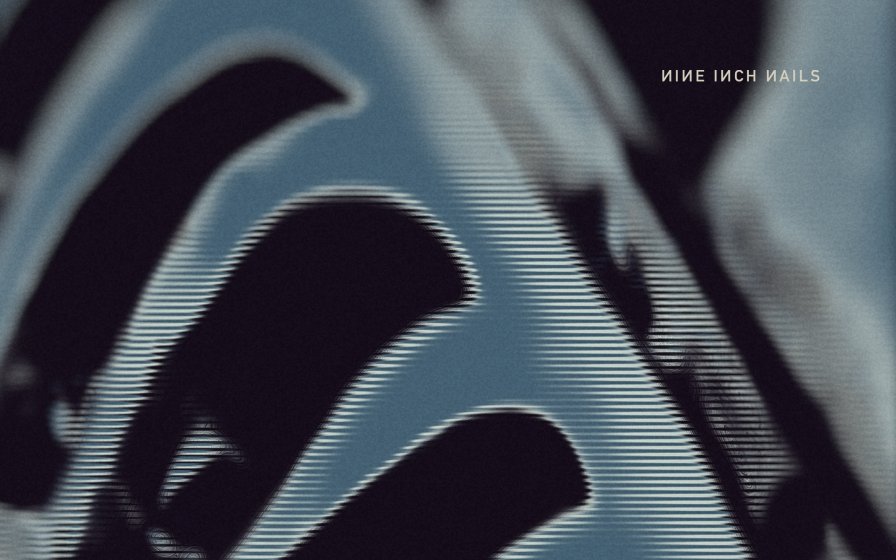With her entry in the 33 1/3 series, Daphne Carr delves deep into the mythos of Trent Reznor, glossing over the bleak attitude of early Nine Inch Nails in favor of showing the relationships between Reznor’s upbringing and his audience. She does this without removing herself or the target audience from the story of Pretty Hate Machine’s creation, using a handful of interviews with everyday fans to plug into the NIN legacy. Carr, the series editor of Best Music Writing and an editor at Columbia University’s Current Musicology, also unites the lingering impact of Reznor on industrial music with the landscape from which it was born. Speaking earnestly about 1980s Eastern Ohio/Western Pennsylvania and how the Rust Belt was stripped of its identity, Carr uncovers yet another new facet for the 33 1/3 series: the lasting devastation of trickle-down economics upon a region built on production and pride for one’s work.
Carr’s introduction speaks at length about the Columbine High School massacre, linking the misappropriation of the term ‘Trench Coat Mafia’ to the killing spree perpetrated by Eric Harris and Dylan Klebold. Her aim is to reclaim the term away from the exaggerations and misrepresentations that industrial music and fashion received due to fantastical journalism. But the stories Carr gathers from Rust Belt NIN fans never hearken to the Columbine effect, instead shifting the focus on the shared circumstances experienced by those in the Cleveland and Pittsburgh areas, and how it drew them to the music and imagery of NIN. By book’s end, Carr’s fixation on setting right a negligent wrong has evaporated, transformed into dissection of gothic fashion as mass-produced by Hot Topic. Here, she fails to reclaim black fashion from the clutches of proactive communities connecting fandom of NIN and the former roster of Reznor’s Nothing Records to potential disaster.
Carr does succeed at bridging the desolation of Reaganomics with the desperation of youngsters who came to NIN — and by proxy, Pretty Hate Machine — because of their checkered youth. All the more brilliant: these aren’t stories of drug addiction, abuse, and neglect, but stories of abandonment by government, family, community, faith. Music will always be boosted by our own projections, but Carr links Reznor’s prose directly to his audience, giving Pretty Hate Machine a contextual strength that goes beyond aesthetic worship. The fans speak frankly about embracing particular aspects of Pretty Hate Matchine (the use of synth in industrial music, the pop elements that circumvent the rules of the genre as set by Ministry and KMFDM), and despite changes in taste and lifestyle, there’s still something about Reznor’s work that continues to reflect a piece of the fans’ whole. These ideas are furthered when Carr introduces elements of Reznor’s hands-on approach to his fans via social media and technological advances. In turn, those not familiar with the lingo or aura of NIN are allowed to become part of the conversation — a sentiment many of of her interview subjects rarely found outside of it.
Carr’s take on Pretty Hate Machine as an accessible piece of art is fortified by her ability to include everyone — fans, critics, NIN virgins — into her dialogue. Here, PHM is transformed from an album for outcasts into a work that applies more generally to mass culture. She may not have achieved the stated goal of the introduction to reclaim black trench coats, but Carr ultimately stumbles upon something much stronger: NIN is for the freaks and geeks; it just so happens that everyone falls into both categories.
